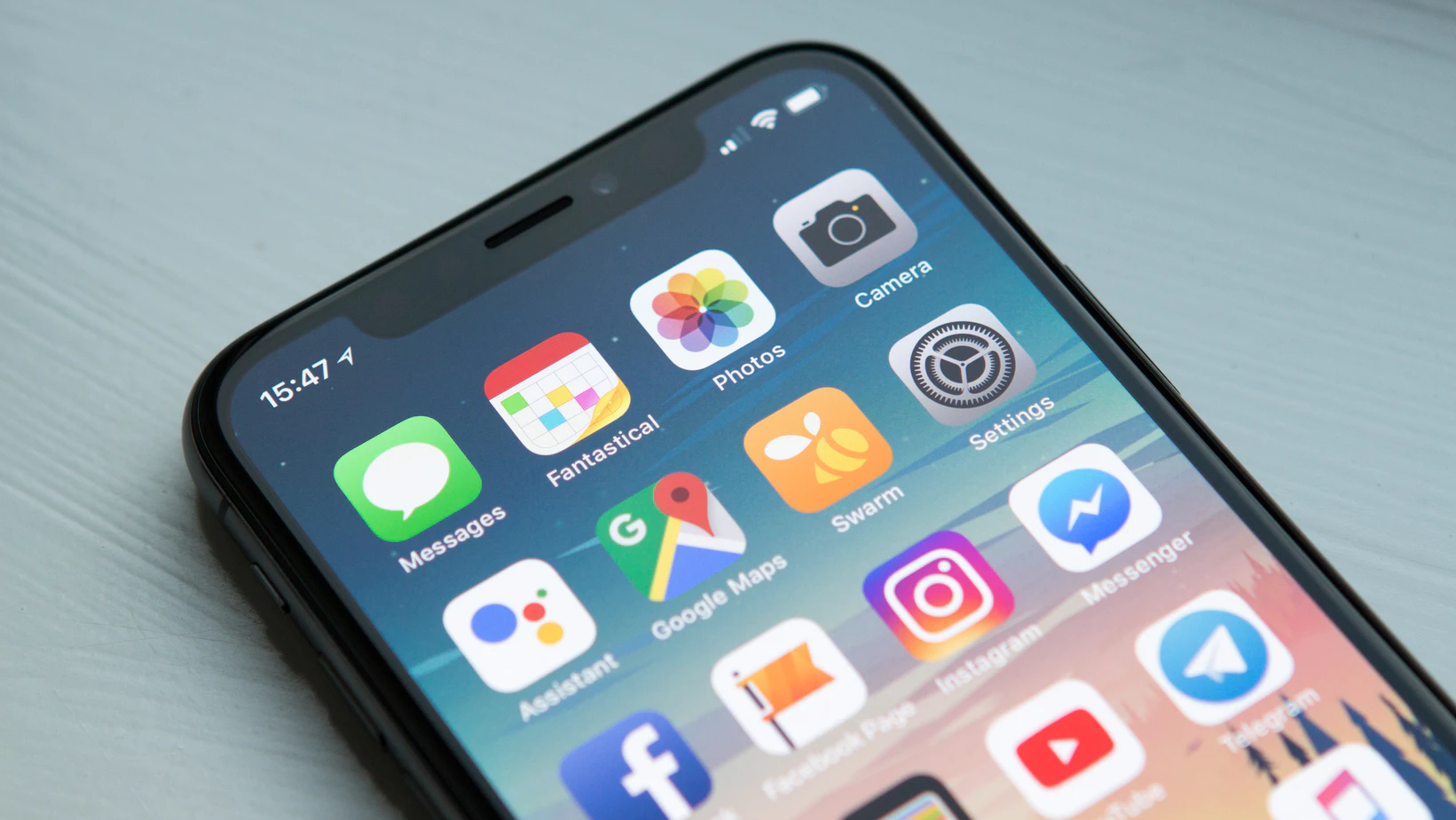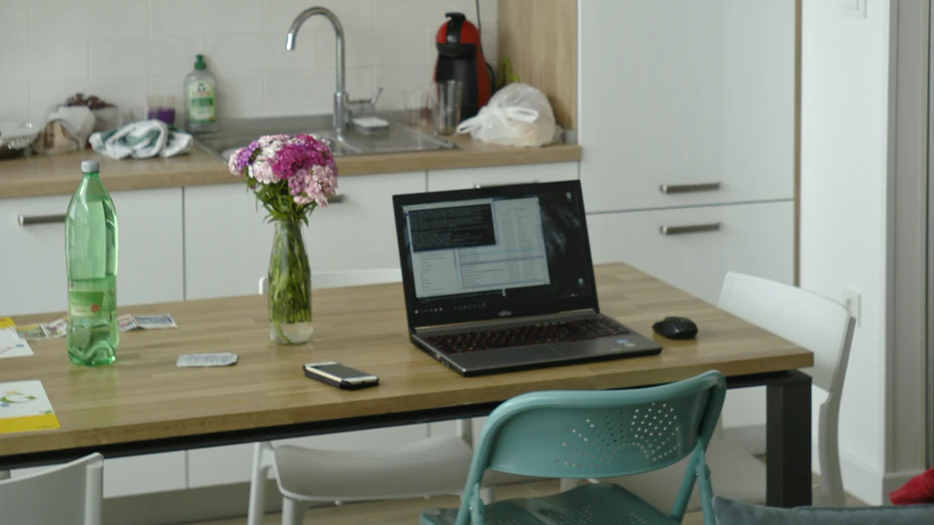As home has transformed into a workplace for millions of people, applying UX thinking can help keep it a healthy place to live and work.
 Lockdown life can be tiresome, especially as we continue to crave access to the physical world and a return to our families and social groups. The digital devices we use everyday make this only more apparent – acting as a double edged sword by offering a lifeline to wider society, partially quenching the desire for that much needed human interaction, whilst simultaneously increasing our dependence on them for both work and social needs.
Lockdown life can be tiresome, especially as we continue to crave access to the physical world and a return to our families and social groups. The digital devices we use everyday make this only more apparent – acting as a double edged sword by offering a lifeline to wider society, partially quenching the desire for that much needed human interaction, whilst simultaneously increasing our dependence on them for both work and social needs.
This single gateway has led to many home workers inadvertently building unhealthy work habits from continually checking emails and messages at all hours, to very quickly finding work encroaching upon and dominating their personal life. We all keep aiming for peak productivity, which is all well and good when we have a framework to remain productive within. As the distinction between home and work spaces has been blurred, we need to reclaim the separation previously afforded to us by the physical office and commute.
As UX professionals we understand human behaviours and how to build our products to take advantage of the way the human brain works, with a little reverse engineering we can leverage these techniques to help break engrained habits and reduce practices that aggravate already stressful situations.
By deploying some simple practices you can start to reclaim your time and space,
1 – Set rules, employ extrinsic motivators

Smart phones are the primary conduit for our digital lives, this is the first place to start making changes. Use the baked in features of your phone to limit when you receive notifications. Setup “Do not disturb” times for apps like Slack, and work emails before the work day begins and when the work day ends. Speak to your family to help enforce these rules. A hard stare or a raised eyebrow from a partner when you pick up that phone after dinner to check those work messages is a powerful extrinsic motivator.
Now you’ll have to actively check your apps to see any notifications out of hours. Go further by setting bookable office hours in your work calendar so your team know when you’ll be unavailable, they’ll be less likely to break those boundaries.
2 – Trick your brain, break your behaviourism

As you pick up your phone it’s likely that you instinctively open a familiar app you use all the time as if you were on auto-pilot – you’ve probably positioned it on the home screen for that reason, instant access. To break this learnt behaviour, move the app, or place it in a folder to increase friction in getting there. Radical, indeed – but even moving it one space to the left or right will help break that muscle memory and make you think before you open it. In addition to de-optimising your phone home screen layout, you can also put the devices physically out of direct view, when you’re engaged in another activity – that way you’re not inadvertently reaching for it.
Notifications and instant access have turned us into the subjects of a B.F. Skinner box experiment, conditioned to respond to every little ping that is sent in our direction. Physically moving devices out of reach is a simple yet powerful way to break that behaviour.
3 – Context cues, create an office space

Not everyone has lots of room for a dedicated home office, even then you might use the same space for other non-work related activities. However you can create a faux office setup, to trick your mind to move between work and leisure modes. Deploy environmental cues to trigger when it’s work and when it’s not; unconscious cues are the basis of many marketing ads, and have been used successfully for many years.
Setup a few items in your workspace that are work specific to you, and put these away once work is finished; put your work laptop and note pads away, have a special work coffee mug. The act of setting up and putting these away can help transition between the beginning and end of the work day.
Reduced productivity?
You could argue these might reduce productivity – but by focusing your attention you are more likely to have a more productive work day and by setting boundaries have the ability to switch off and come in fresh the next day with a little less stress.
I’m under no illusion these measures are going to solve your anxiety (we live in troubled times), or work for everyone (if you have young kids) but collectively they can help reduce some work anxiety by taking away factors that exacerbate it, and assist toward creating a free mental space upon which work cannot easily encroach.